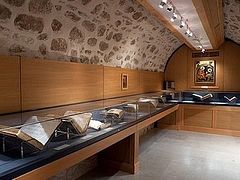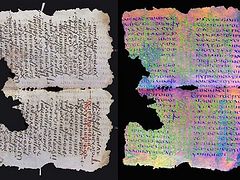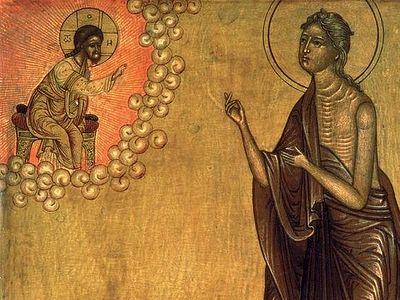Sinai Peninsula, April 18, 2019
 Photo: reuters.com
Photo: reuters.com
Although it is the world’s oldest continually operating library, dating back to the 6th century, the collection of manuscripts at St. Catherine’s Monastery at the foot of Mt. Sinai is no stranger to the latest technology.
In 2012, they began spectral imaging on many of the manuscripts to discover the texts beneath the texts. Many of the manuscripts are palimpsests, meaning a previous text had been erased so the scribe could reuse the valuable parchments. Traces of the original texts remained, however.
Now the monastery has begun a high-tech process of digitizing its 4,500 manuscripts—a process that could easily take up to a decade. The work on the ancient parchments, including the earliest surviving copy of the Gospels, the Codox Sinaiticus, dating to the 4th century, is being undertaken by a team from Greece that takes images in red, green, and blue light and merges them together with computer software to make one high-quality color picture, reports Reuters.
 Photo: reuters.com
Photo: reuters.com
The project is sponsored by the Early Manuscripts Electronic Library in collaboration with the monastery and the library of UCLA.
The project is being undertaken now because the monastery unfortunately lies in an area where militant Islamists have been wont to destroy cultural artifacts and documents in recent years.
“The upheaval of our times requires a rapid completion of this project,” His Eminence Archbishop Damianos of Sinai, Faran and Raitho, and Abbot of St. Catherine’s Monastery told Reuters.
The monumental task of digitizing the monastery’s entire collection began last year with around 1,100 particularly rare Syriac and Arabic-language texts. This first stage is expected to take around three years and will cost a projected $2.75 million. The monastery will start publishing the newly-digitized texts online in the fall of this year.
“This library is an archive of the history of Christianity and its neighbors in the Mediterranean world, and therefore is of interest to communities all over the world who find their history here,” said Michael Phelps, Director of the Early Manuscripts Electronic Library.
The monastery library recently underwent restoration as well, which was completed in December 2017. A previously-unknown 6th-century manuscript of the ancient Greek physician Hippocrates was found during the restoration work.
Follow us on Facebook!

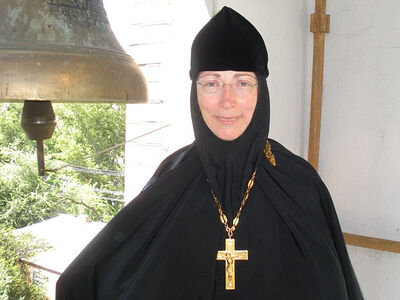





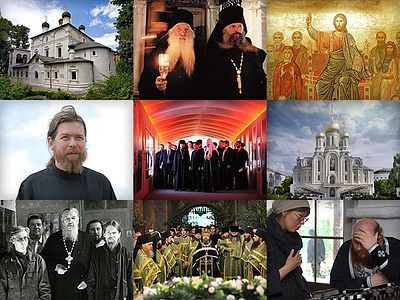
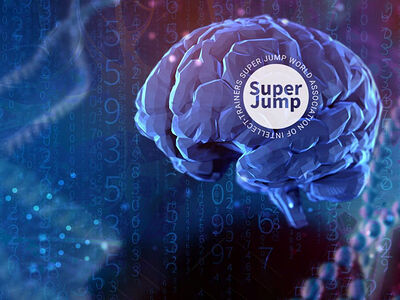
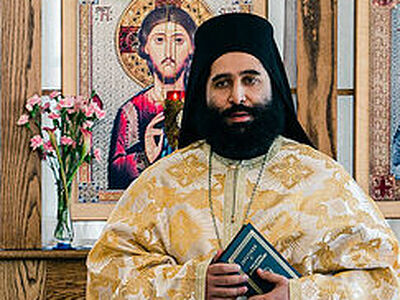
 What lies beneath: Sinai’s hidden textshe Greek Orthodox monks of St Catherine’s monastery in Sinai have been accumulating manuscripts and books since the sixth century, making their library the world’s greatest repository of early medieval writing after the Vatican. The collection is even richer than it first appears, because many of the 3,300 ancient manuscripts contain hidden text and illustrations older than their visible contents – and a large scientific effort is under way to reveal and record them.
What lies beneath: Sinai’s hidden textshe Greek Orthodox monks of St Catherine’s monastery in Sinai have been accumulating manuscripts and books since the sixth century, making their library the world’s greatest repository of early medieval writing after the Vatican. The collection is even richer than it first appears, because many of the 3,300 ancient manuscripts contain hidden text and illustrations older than their visible contents – and a large scientific effort is under way to reveal and record them.  Library at St. Catherine’s Monastery reopens after restorationThe collection of ancient handwritten manuscripts, preserved in the Monastery of St. Catherine on the Sinai Peninsula, has opened again for research upon completion of the first stage of restoration in the monastery library.
Library at St. Catherine’s Monastery reopens after restorationThe collection of ancient handwritten manuscripts, preserved in the Monastery of St. Catherine on the Sinai Peninsula, has opened again for research upon completion of the first stage of restoration in the monastery library.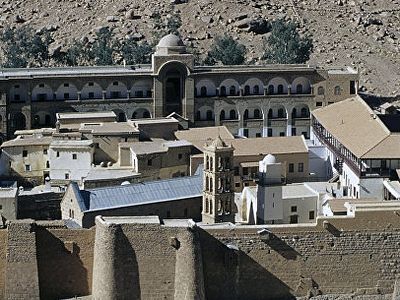 Uknown Hippocrates recipes accidentally found in St. Catherine’s Monastery on Mt. SinaiA 6th century AD manuscript containing recipes of the “father of medicine,” the ancient Greek physician Hippocrates, was recently discovered in the library of St. Catherine’s Monastery on Mt. Sinai.
Uknown Hippocrates recipes accidentally found in St. Catherine’s Monastery on Mt. SinaiA 6th century AD manuscript containing recipes of the “father of medicine,” the ancient Greek physician Hippocrates, was recently discovered in the library of St. Catherine’s Monastery on Mt. Sinai.